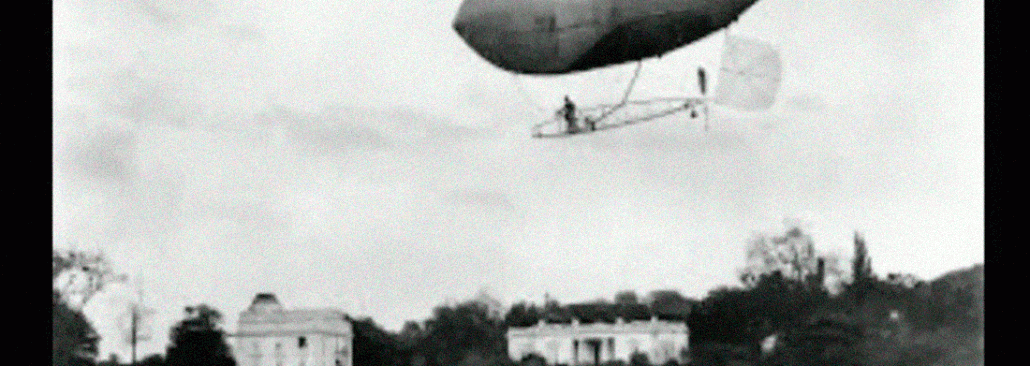Ibiza, 1986. Lives in Madri
What makes a place become a popular tourist spot and part of the entertainment industry? How, in the process, do these places mould themselves into an image of made-for-export exoticism? What are the effects of assuming an identity fabricated to meet the expectations of foreign visitors? These are some of the questions that lie at the root of Irene de Andrés’ work.
In the project Donde nada ocurre [Where Nothing Happens], the Spanish artist explores the history of five abandoned night clubs in her native Ibiza. The clubs were founded in the late 60s, early 70s, when the island first became famous for its beaches and thriving nightlife. At the Triennial, the work Heaven revives the ambience of one of these former hedonistic dens, named as “paradise”. Abstract engravings reproducing the ephemeral configurations of laserdisc lighting seem to call attention to the leading role light plays in such environments. A videoinstallation runs through photos of the parties hosted there, from the most recent to the oldest. The editing presents a fragmental panorama every bit as disrupted as the history of the joint itself, which went through countless closures and changes of name and owners over the years. Other photographs show this erstwhile hotspot of celebration and ecstasy in its current state of ruin, reflecting the inescapable failure of any attempt to deliver on the promise of paradise, whether by a discotheque or Ibiza itself.
[O.A.]
Obras
Heaven. Donde nada ocurre
[Paraíso. Onde nada acontece], 2015
videoinstalação
COLABORAÇÃO Diario de Ibiza







